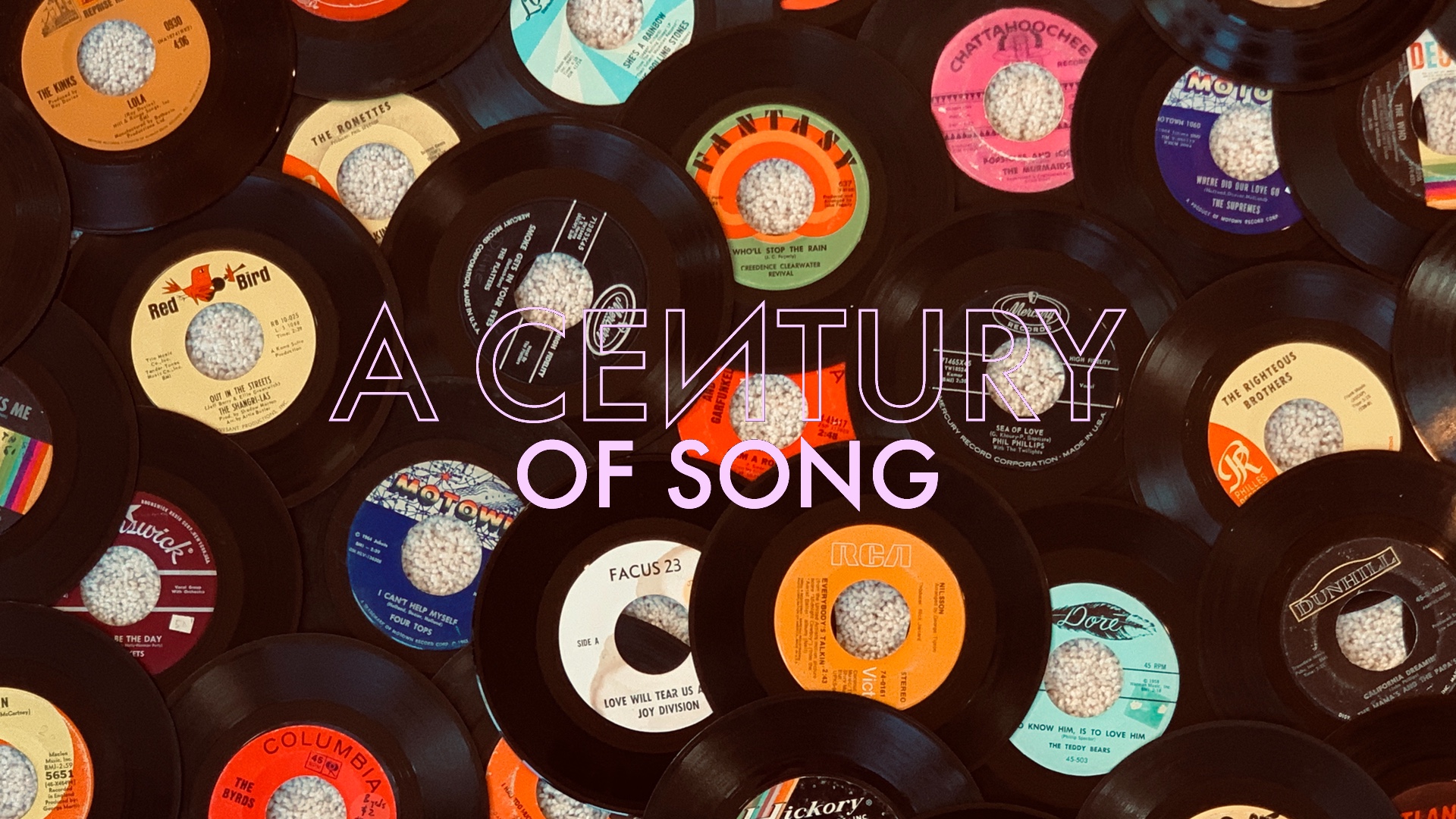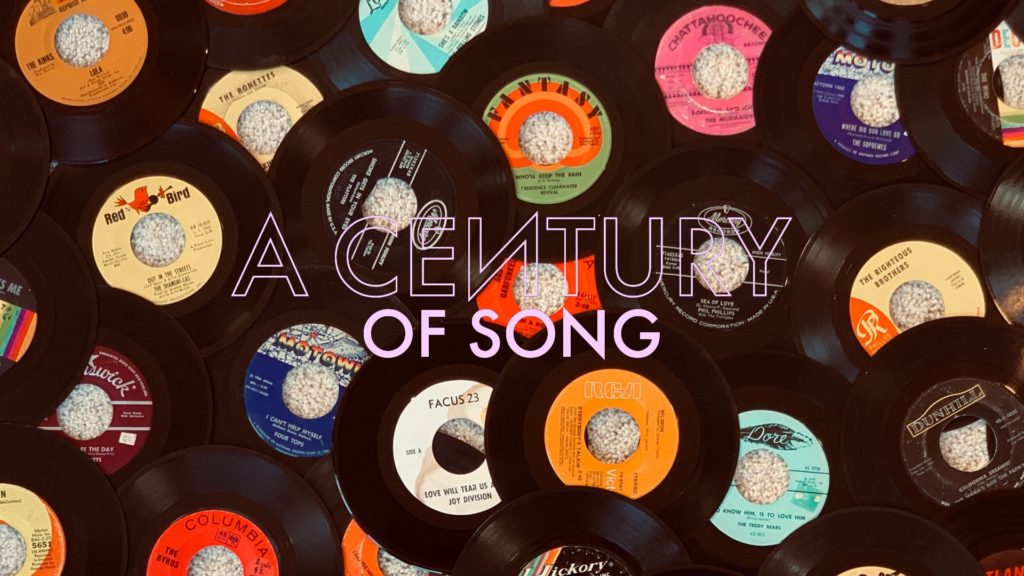
A Century of Song is an attempt to summarize 100 years of popular music through 1000 carefully chosen tracks. Included within this list are landmark singles, stellar album cuts, huge hits, hidden gems, and more than a few personal favorites. Read the introduction for the project here, and enjoy the embedded videos and Spotify playlist.
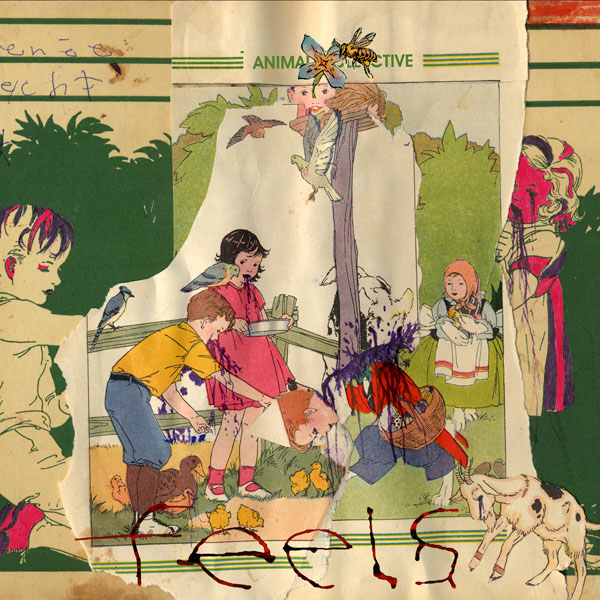
740
Though they originated in Baltimore, Animal Collective would make a name for themselves in New York’s experimental music community during the first half of the 2000s. 2005’s Feels represented a step in a more pop-oriented direction, but one that managed to find the group expanding their audience while staying true to their artistic impulses.
As the album’s lead single, “Grass” strikes a perfect balance between Animal Collective’s feral past and its more domesticated future. It’s a remarkably hooky track, despite Dave “Avey Tare” Portner’s wildly leaping vocals. The band manages to create their most thrilling crescendo to date, even while adapting to the confines of a more traditional verse-chorus-verse song structure. Feels would leave plenty of room for meandering, but “Grass” is direct, visceral, and gripping.
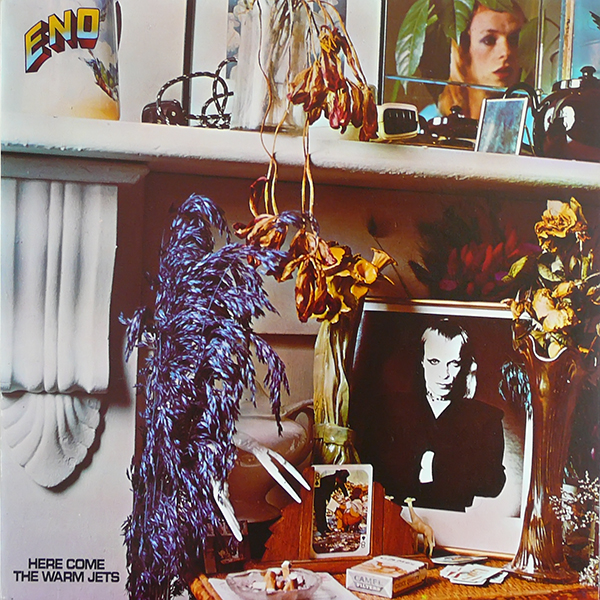
739
While he is one of the most widely-recognized experimental musicians of all-time, Brian Eno certainly displayed a knack for hooks during his frustratingly-brief career as a pop artist. As the lead track to his debut solo album, “Needles in the Camel’s Eye” finds the former Roxy Music multi-instrumentalist arriving with a bang.
“Needles” is as sharp as its title implies. It’s virtually all chorus, and even its stop-time instrumental break is effortlessly singable. Within the next few years, Eno would follow his muse to become one of the most sought-after producers in rock – creating brilliantly-fractured albums for the likes of David Bowie and Talking Heads – while exploring the possibilities of ambient music in his own work. “Needles in the Camel’s Eye” suggests that “pop star” could have been an easily attainable fall-back option.
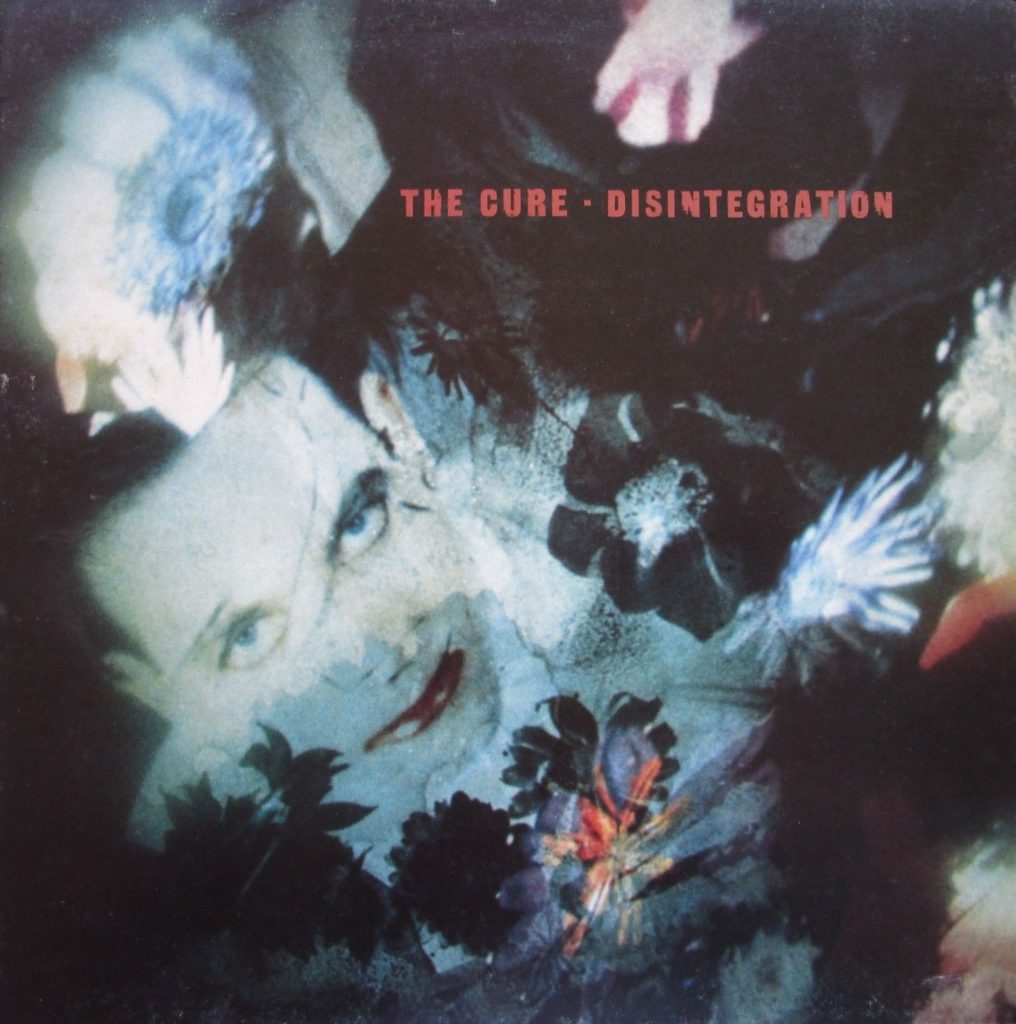
738
The Cure are forever enshrined as goth icons, but there is an undeniable romanticism at the core of much of their greatest work. Released as the third single from their 1989 classic, Disintegration, “Lovesong” would ultimately become the biggest hit of the group’s storied career – reaching #2 on the charts in the United States.
“Lovesong” is remarkably compact and direct in comparison to Disintegration‘s other iconic tracks. Robert Smith’s vocal performance perfectly captures the longing nature of his lyrics, and the track’s arrangement lands squarely between jangle- and synth-pop. Like other bands on both sides of the Atlantic, The Cure were pivotal in bringing alternative sounds to the mainstream in the late-80s/early-90s, and “Lovesong” stands as one of their finest moments.
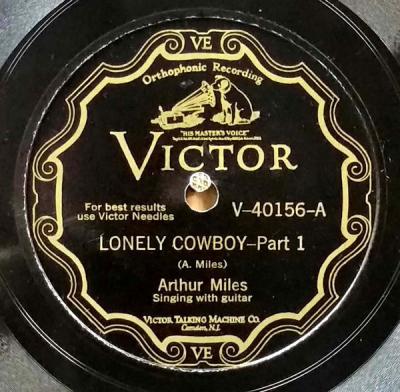
737
The Texas-born singer/songwriter Arthur Miles only recorded one song in his career – this two-sided track, released on Victor in 1929. Thematically, “Lonely Cowboy” is relatively standard fare for a cowboy song of its era. Miles recounts the sad tale of a love triangle that resulted in tragedy, and tosses in some period-appropriate yodeling for good measure.
Where “Lonely Cowboy” differs from its contemporaries is in Miles’ deployment of a rare style of Tuvan throat singing, known as “sygyt.” Little is known about Miles – or how he may have encountered a singing style used only sparingly in a distant corner of the world – but the unique vocalization adds a haunting depth to his sad tale.
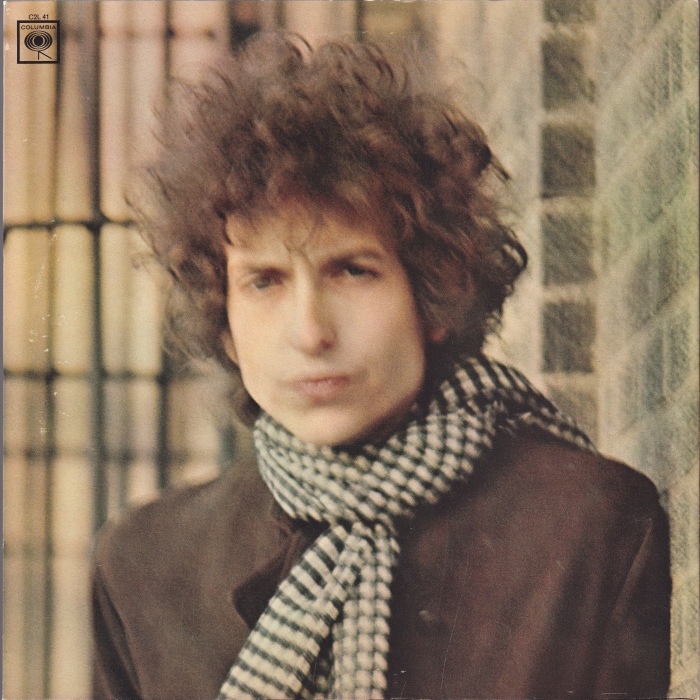
736
Much of the intrigue surrounding this track on the third side of Bob Dylan’s 1966 masterwork, Blonde on Blonde, focuses on its connection to The Beatles’ 1965 song, “Norwegian Wood.” The similarity of the two tracks’ melodies and lyrical themes are probably too similar to be coincidental, making for interesting questions as to whether Dylan intended “4th Time Around” as homage or parody.
Aside from its connection between the two most totemic artists of the sixties, “4th Time Around” is simply just a beautiful song. In fact, I’m mildly surprised that Wes Anderson has never used it to soundtrack one of his signature slow-motion character introductions. The track finds one of Dylan’s gentlest arrangements providing a wonderfully drifting backing to its bittersweet lyrics – a trick employed elsewhere on Blonde on Blonde to similarly stunning effect.

735
Few, if any, artists better reflect the post-Nirvana eclecticism of alternative rock than Beck – a Los Angeles singer/songwriter who dabbled in hip-hop, funk, folk, and whatever else caught his attention at any given moment. His Dust Brothers-produced 1996 LP, Odelay, stands as the peak of his artistry – a dazzling blend of cleverly shape-shifting, sharply-written tracks.
Built around a sample of Them’s cover (#941) of Bob Dylan’s “It’s All Over Now Baby Blue,” “Jackass” finds Beck reaching back to his brief time spent on New York’s experimental “anti-folk” scene. The song features a mournful vocal delivery and sympathetic arrangement that foreshadows Beck’s work on his two Nigel Goodrich-produced classic albums – 1998’s Mutations and 2002’s Sea Change.
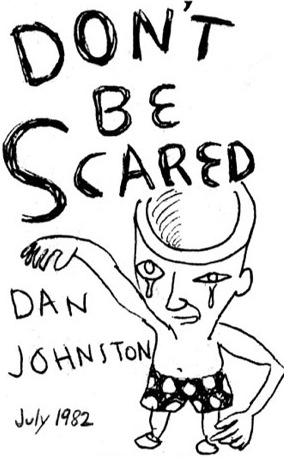
734
If Beck symbolized an incursion of “alternative” onto the mainstream, Daniel Johnston represented what was, perhaps, a step too far. A true outsider, Johnston’ rough-around-the-edges recordings were too idiosyncratic for radio and television, but the late singer/songwriter’s greatest work remains deeply affecting.
One of Johnston’s best tracks, “The Story of an Artist” is among his most revealingly autobiographical. Johnston faced consistent criticism for both his music and his visual art – some of it well-intended “direction” from his parents – and the song finds him penning a heartfelt justification for his life’s work. For Johnston, art was therapeutic – a way to vent over unrequited love, an outlet for a restlessly creative mind, and a reprieve from near-constant mental anguish. In time, his art would be accepted by a dedicated following of loyal fans, even if the best of it was written for just an audience of one.
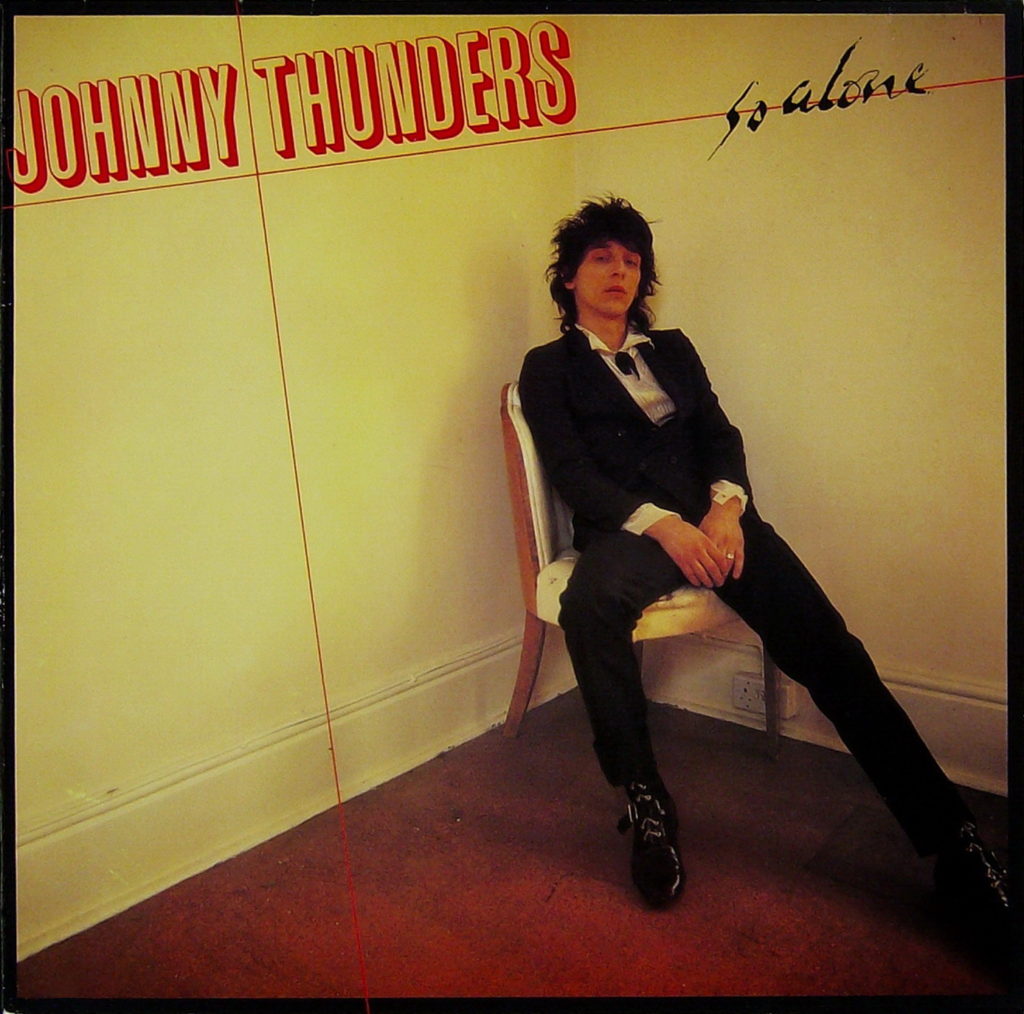
733
Former New York Dolls guitarist Johnny Thunder recorded his solo debut album during a break from his time in The Heartbreakers. Featuring an all-star cast of contributors, So Alone finds the proto-punk innovator turning in an eclectic collection of cover songs and original compositions – the best of which is this melancholy ballad.
“You Can’t Put Your Arms Round a Memory” is disarming in both its directness and its sorrow – particularly considering Thunders’ association with a scene that wasn’t exactly known for displays of vulnerability. The loneliness hinted at in the album’s title is palpable in the song, and its ramshackle quality only heightens its sense of resignation. Thunders would die in 1991 at the age of thirty-eight, and this song – released thirteen years earlier – would take on an added poignancy upon his passing.
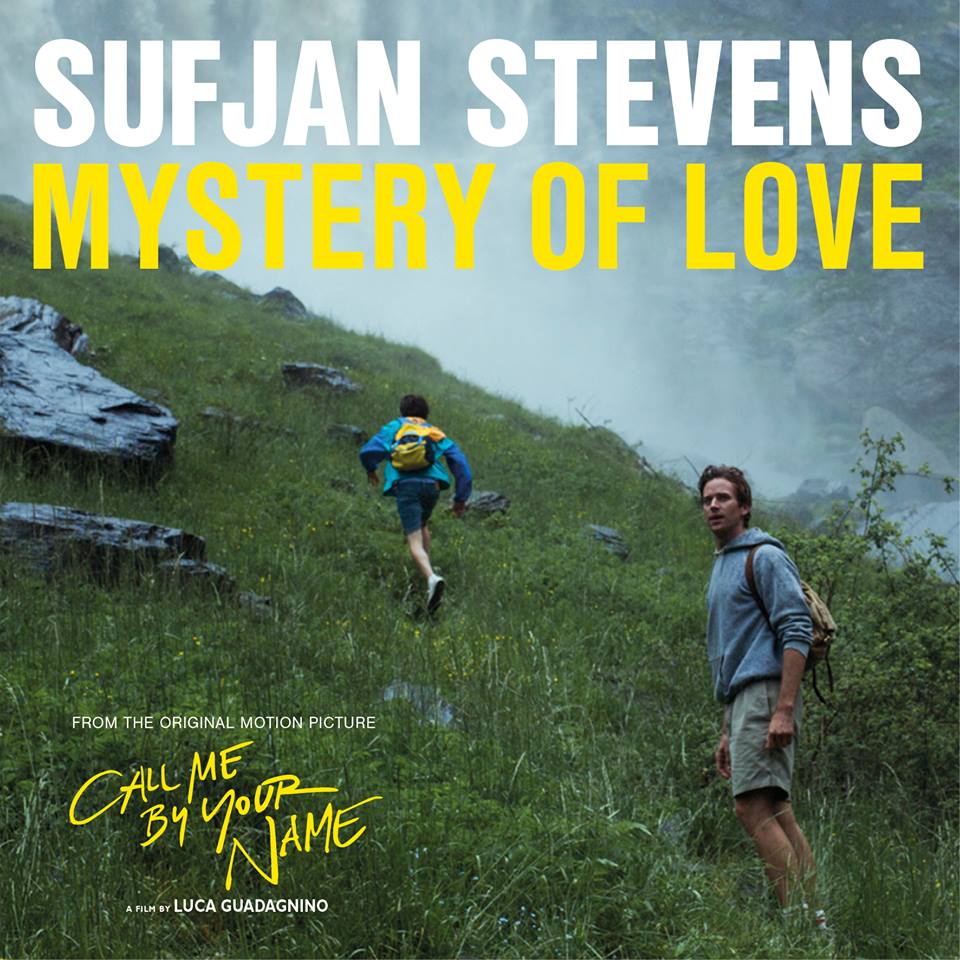
732
Composed specifically for the film Call Me by Your Name, “Mystery of Love” is one of the most exquisitely crafted songs in Sufjan Stevens’ catalog. Its connection to the critically acclaimed movie would bring the indie singer/songwriter newfound recognition from mainstream outlets – including both Grammy and Oscar nominations.
“Mystery of Love” is striking in both its composition and execution. It displays a strong connection to the songs from Stevens’ magnificent 2015 album, Carrie and Lowell, in its hushed tones, minimal arrangement, and geographical references to the state of Oregon. It’s one of the most affecting tracks from arguably the finest songwriter of his generation.
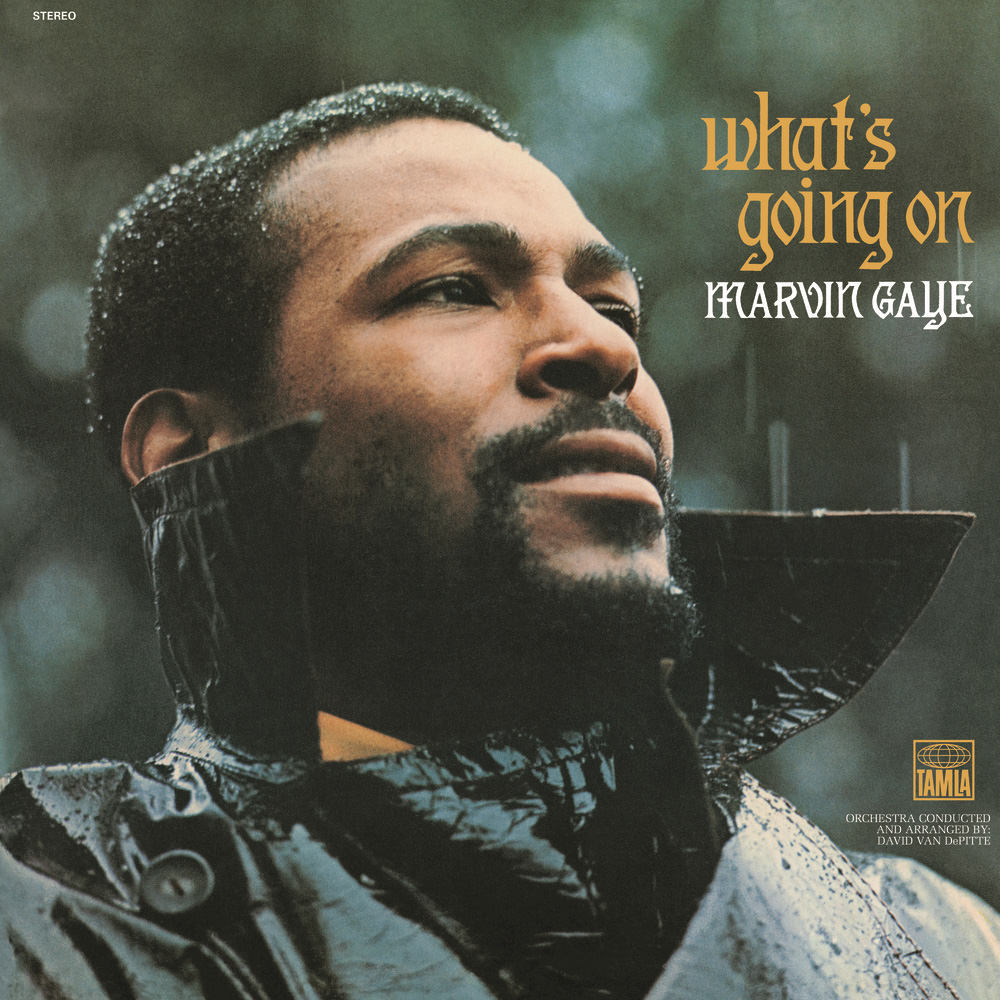
731
Marvin Gaye’s masterpiece, 1971’s What’s Going On, was a musical triumph that simultaneously brought attention to a number of problems plaguing Black communities in America in the early-seventies. Perhaps no track on the album is more eye-opening than its closer, “Inner City Blues,” which finds Gaye bringing the themes of the album home to startling effect.
At this point, it’s beyond cliche to point out the lasting relevance of civil rights anthems from the 1960s-70s, but one can’t help but find Gaye’s depictions of misappropriated government funding and “trigger happy policing” to be frustratingly timely, nearly half a century after they were written. “Inner City Blues” is evidence that even a descriptor as positive as “timeless” can be a double-edged sword.

730
The double-standard never sounded as catchy as it does on this signature track from Dion DiMucci, who took “Runaround Sue” to the top of the American pop charts in 1961. While the “moral of the story” of which Dion sings (hopefully) sounds dated to the modern listener, there’s no denying the song’s immense melodic appeal.
“Runaround Sue” is all about forward momentum. The song breezes by at a brisk pace, despite its doo-wop influenced arrangement. The wordless backing harmonies of the uncredited Del-Satins provide a sympathetic ear, and – more importantly – a propulsive and irresistible counterpart to Dion’s lead vocal.
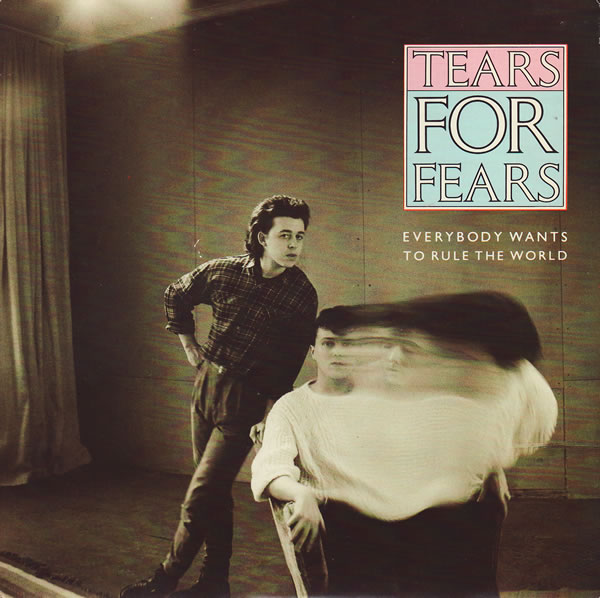
729
I have a tangible annoyance for eighties nostalgia, but this track – a staple of every unimaginative “remember the 80s” playlist – gets a pass. One of the best realizations of the era’s notoriously synthetic and cavernous production stylings, “Everybody Wants to Rule the World” is the rare eighties mega-hit that both benefits from and transcends its time.
The centerpiece of 1985’s Songs From the Big Chair, “Everybody Wants to Rule the World” is vaguely political – broad enough for interpretation, and not weighted down by preachiness. Its spacious arrangement and undeniable melodic qualities helped it stand out from the pack of “sophisticated” synth-pop, landing at #1 in several countries, and making Tears for Fears one of the most successful acts of the mid-eighties.
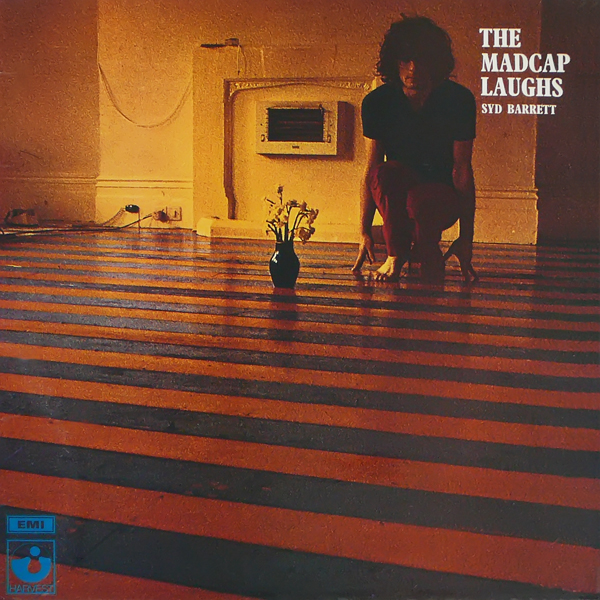
728
Pink Floyd’s 1967 debut, The Piper at the Gates of Dawn, is revered by psych enthusiasts – and regarded as a curiosity by many fans of the band’s later work. Following Piper, guitarist/vocalist/songwriter Syd Barrett found himself increasingly at odds with the rest of the group, and would be phased out during the sessions for 1968’s A Saucerful of Secrets.
Barrett’s 1970 solo debut, The Madcap Laughs, largely abandoned the lush psychedelia of his work with Pink Floyd, often presenting Barrett in a minimalist acoustic guitar/vocal arrangement. Nowhere is this starkness more gripping than on “Dark Globe” – a haunting track that reads as a metaphor for Barrett’s declining mental state.
Also known as “Wouldn’t You Miss Me,” “Dark Globe” features several recitations of that phrase, each one growing more pained, plaintive, and distant than the last. Barrett delivers an enthrallingly raw performance – one that seemingly finds him mourning his own metamorphosis into one of rock music’s truly tragic acid casualties.

727
As explained in the introduction to this project, I defined the “century” in question as 1920-2019. While this list will ultimately present this breakthrough single as Fiona Apple’s highest-rated track, rest assured that there are multiple songs on 2020’s instant-classic, Fetch the Bold Cutters, that rival and/or surpass “Criminal.”
Released while Apple was still a teenager, “Criminal” was the third single, and biggest hit, from her 1996 debut, Tidal. While the track earned notoriety for its eye-catching music video, its critical reception rivaled its commercial success – and helped to draw significant praise for Fiona Apple’s songwriting. “Criminal” was a rare combination and style and substance from a teenage pop artist – one that foreshadowed a deeply rewarding career to come.
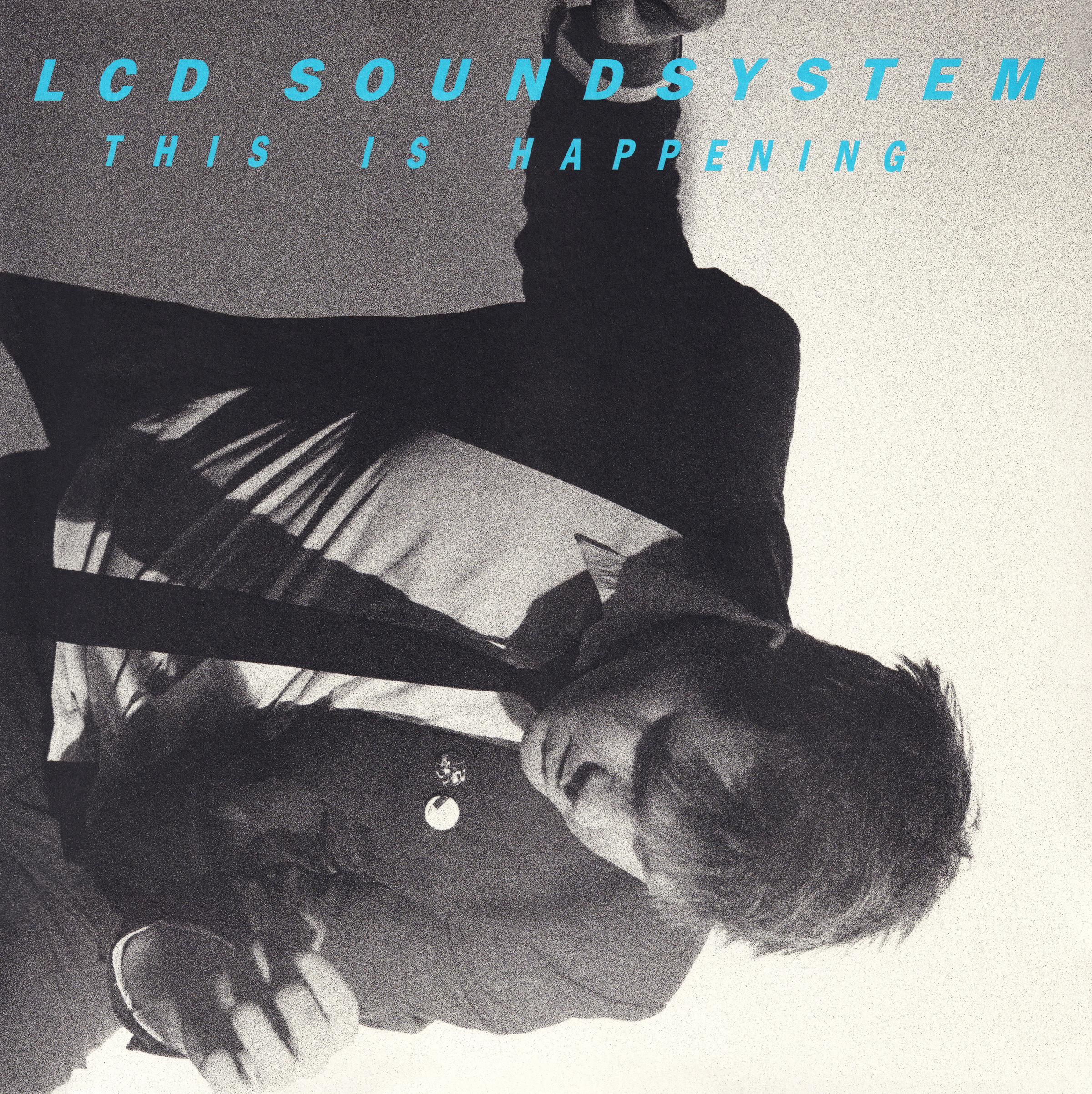
726
Though he is yet to appear on this list, David Bowie has been all over it in spirit. Perhaps no track yet bears his influence more than this centerpiece of LCD Soundsystem’s 2010 album, This Is Happening. Dominated by a massive guitar riff that is a direct descendant of Robert Fripp’s legendary performance on “Heroes,” “All I Want” is James Murphy’s clearest homage – among many – to Berlin-era Bowie.
This Is Happening was billed as a farewell album for LCD Soundsystem – they would return with 2017’s American Dream – and in many ways, it sounds like a culmination of Murphy’s ascent to the top of the indie world. “All I Want” finds the group at their most anthemic and triumphant – a near-peak of their inventive merging of rock and dance music.
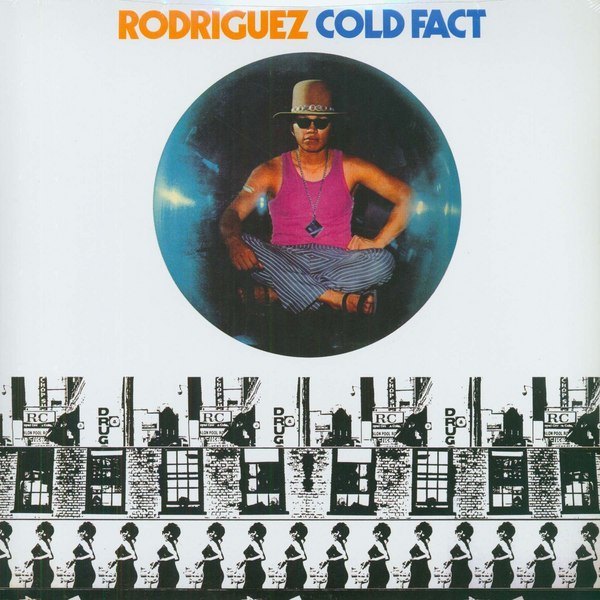
725
The Detroit singer-songwriter Sixto Rodriguez was virtually anonymous for decades, before the unlikely career resurrection that peaked following the acclaimed 2012 documentary, Searching for Sugar Man. The song that inspired the film’s title, “Sugar Man” is a haunting psychedelic folk track that opens Rodriguez’s once-forgotten 1970 album, Cold Fact.
While the default comparison for folk artists of the era is Bob Dylan – of whom Rodriguez has been compared – vocally, Donovan is arguably a better point of reference. However, where Donovan is often associated with gentle folk and flowery psychedelia, Rodriguez’s tracks display a much harder edge. “Sugar Man” is a bluntly direct ode to a drug dealer – one augmented by a nightmarish instrumental mid-section that adds a frightening realness to the torment detailed by its narrator. It’s a captivating entry point to a fantastic record.
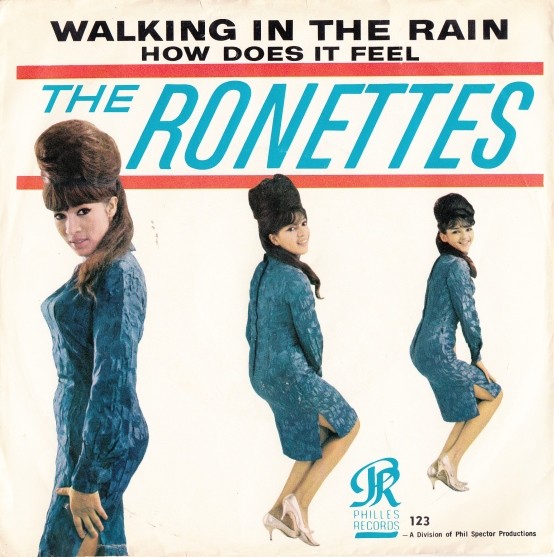
724
As if Phil Spector’s Wall of Sound wasn’t already overwhelming enough, this classic single by The Ronettes finds Spector adding a (literally) thunderous element into the mix to dramatic effect. While such a gimmick may have overshadowed a lesser track, “Walking in the Rain” is one of the finest songs to bear Spector’s production, and features a typically-excellent vocal performance from his future-wife, Veronica “Ronnie” Bennett.
One might be tempted to imagine a romantic chemistry that ran through the collaborative work of Spector and Bennett, but – to extend the metaphor from this song – their relationship was more storm clouds than sunshine. Spector was manipulative and demanding in all aspects of his life, and even though that domineering personality led him to produce beautiful art, it left a heavy human toll. Ronnie would leave Phil in 1972, after years of physical and emotional abuse.
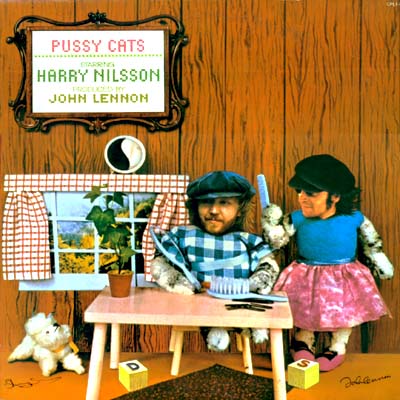
723
Recorded during their infamously debauched “lost weekend” together, 1974’s Pussy Cats found Harry Nilsson being produced by John Lennon. Neither were in much of a state to exert a lot of control over the proceedings, ultimately leading to an album that is understandably scattershot, but fascinating all the same.
The emotional centerpiece to Pussy Cats, “Don’t Forget Me” is a plaintive ballad – the kind for which Nilsson’s noticeably-rough voice was a perfect match. At the point of its recording, Nilsson and Lennon had recently been involved in a pair of humiliating drunken incidents, and both were undergoing significant marital strife – which would culminate in Nilsson’s divorce. “Don’t Forget Me” would be a heartbreaking track under any circumstances, but coming during a time in which Nilsson could be seen as issuing a barely-coded call for help, it’s devastating.
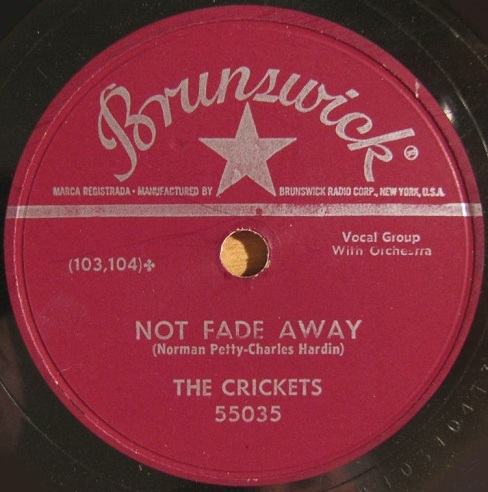
722
Buddy Holly was among the most talented artists of rock & roll’s first wave of stars, and his death at the age of twenty-two would only enhance his legendary status. Unlike many of his contemporaries, Holly was a gifted songwriter, and was among the first rock artists to fight for creative control of their music.
Released as the B-side to 1957’s “Oh Boy,” “Not Fade Away” would arguably become the more iconic of the two tracks. The single – and the album on which its songs would later be released – was credited to The Crickets, but Holly was undoubtedly the star, with his Bo Diddley-inspired beat, lively guitar work, and charming hiccuping vocals.
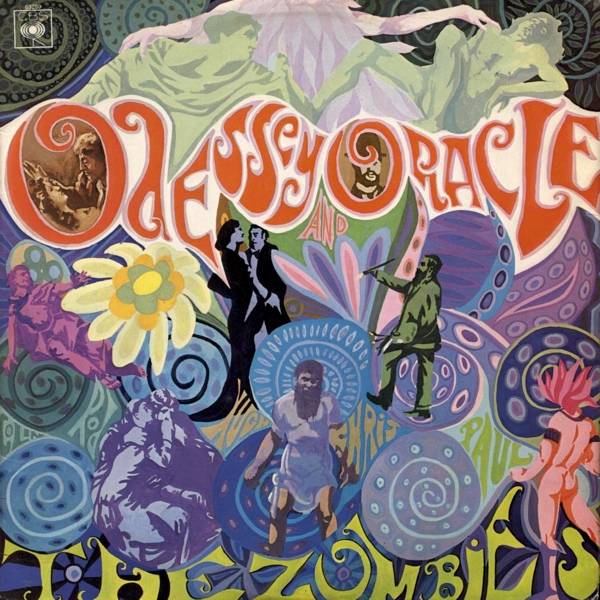
721
The centerpiece to one of the greatest albums of the sixties, “Hung Up on a Dream” is a psychedelic marvel – one that often takes a backseat to Odessey and Oracle‘s better-known tracks. Though it may lack a traditional verse-chorus-verse structure, the track is a glorious display of The Zombies’ song craft.
As is the case throughout Odessey [sic], the group’s vocal harmonies are impeccable, but where “Hung Up on a Dream” truly shines is in its lush instrumental arrangement. It’s particularly arresting during the extended break that separates the song’s two verses- replete with 12-string guitar, crashing drums, and judicious use of Rod Argent’s keyboard talents. It’s the final gasp of his Mellotron – heard at the 1:19 mark – which deftly introduces the song’s change of key, and evokes the breathlessness that many a listener must feel in the moment.

